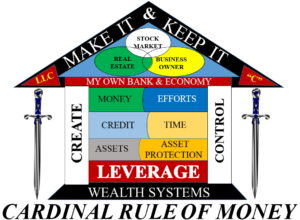A B C D E F G H I J K L M N O P Q R S T U V W X Y Z
P
The number of open options contracts held by a trader.
The total price of an option is called premium and it includes intrinsic plus time value.
Usually calculated by dividing the number of put options traded divided by the number of call options traded over a given period. For securities an average number is around .70, thus a number closer to 1 is considered bearish and a number closer to .50 is considered bullish.
An option contract which gives the owner of the Put the right to sell the underlying stock at a specific price, for specified price, before expiration. Conversely, the writer of the Put option takes on the obligation to buy the underlying stock in the event of exercise or assignment.
Q
When trading the NASDAQ you must trade the ETF under the symbol of QQQ.
These are the financial reports that every publicly traded corporation must provide on a quarterly basis.
R
When a trader buys option contracts and in turn sells a greater number of out-of-the-money option contracts. For example: Buy 5 MIKI 45 Calls and sell 7 MIKI 50 Calls.
When an investor buys stock shares and in turn sells a greater number of Call option contracts. For example: Buy 500 MIKI shares at $45 and sell 7 MIKI 50 Calls.
Based on previous price points, this is the point where rising prices are expected to stop and reverse direction and begin selling off. The resistance points are very crucial in technical analysis.
Although it has different meanings in the finance world, concentrate on the time when a stock stops its price movement in the current direction an begins a new movement in the opposite direction.
This is a move made usually when the share prices are too low for sustainability and the corporation or ETF are looking to give the stock new life. That new life comes at the expense of the shareholders by reversing the split. For example: Trader owns 1000 shares of stock purchased at $40 per share, but now the shares are worth $10. The corporation issues a 4 to 1 reverse split which will change the trader's holding to be 1000/4 = 250 shares and it will multiply the $10 x 4 - $40. The shareholder had 1000 shares at $10 value or $10,000 and now he has 250 shares at $40 per share, but still the $10,000.
One of the option Greeks and is used to measure the expected change in the option's theoretical value as a result of a 1% change in the interest rate.
You will hear the term of roll the trade, rolling the position, etc. It is when a trader closes out one position and opens another position for the same underlying security at a new expiration date and sometimes at a new strike price. You can roll up and roll down.

